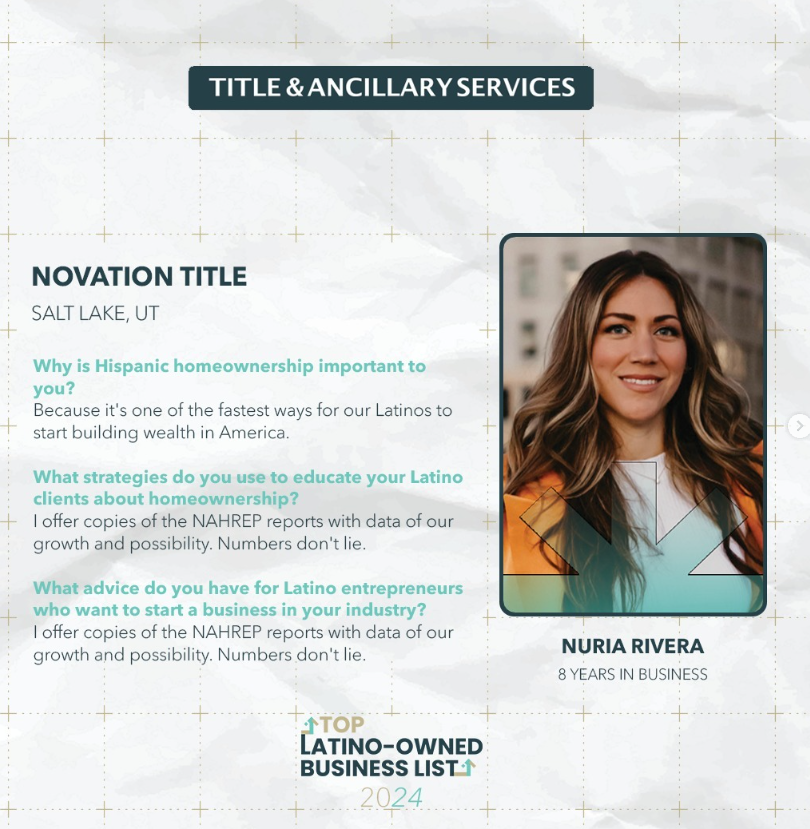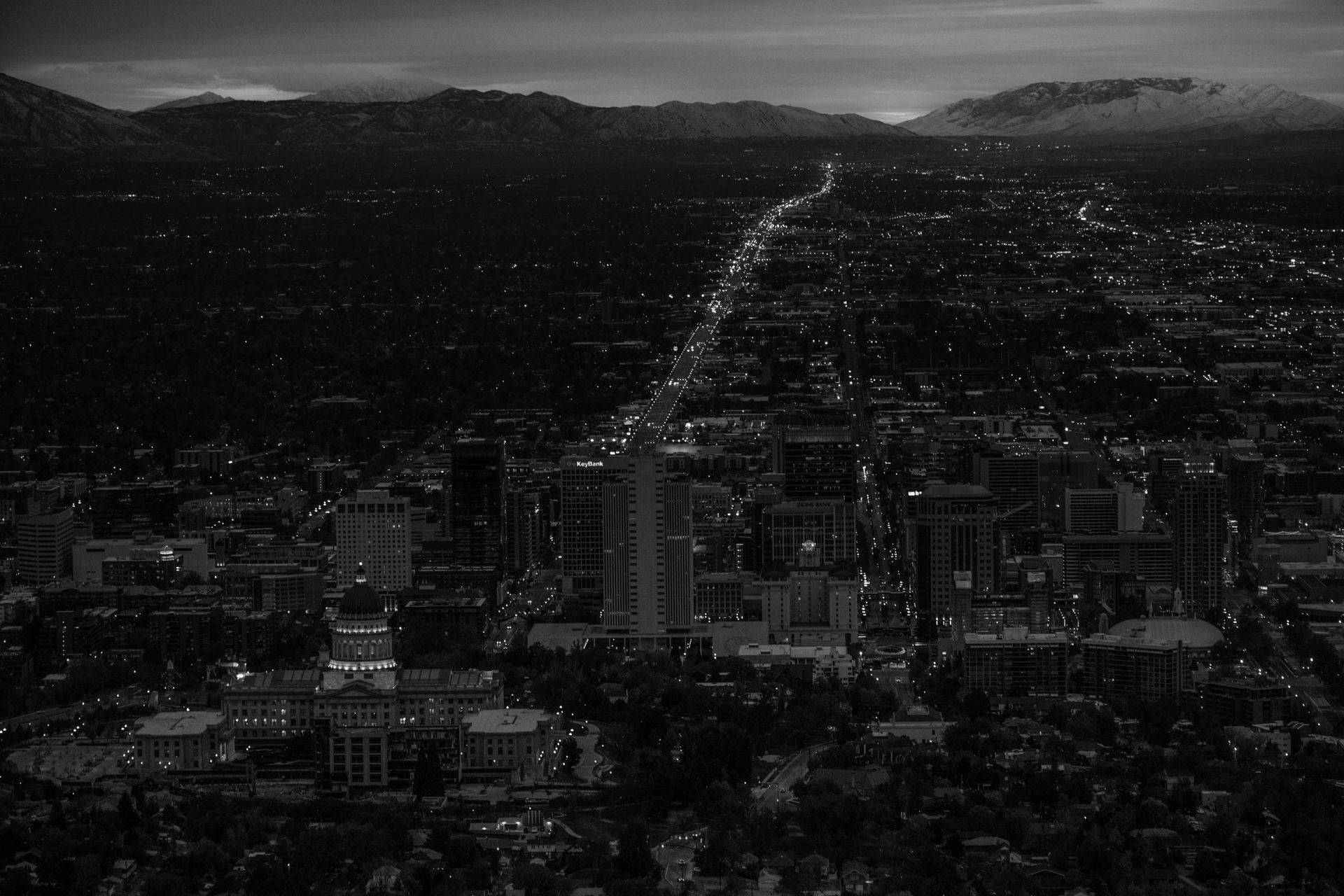Blog Layout
DD Web • July 17, 2017
Why Utah? Volume 6: This is (Definitely) the Place
What makes Utah, well…Utah? In 1847, Brigham Young famously led Mormon pioneers into the Salt Lake valley declaring “This is the place.” Over a century and a half later, Salt Lake City is thriving at the urban heart of the Beehive State. Utah’s capital continues to give both travelers and residents a reason to stay and enjoy the vibrant city, with amenities and events you’d expect to find in a major metropolitan with the convenience and affordability of a place that is still being ‘discovered.’
The city’s burgeoning food scene, art and cultural attractions and diverse population bring life to the city center, but what lies at its historical heart? Utah’s rich history has undoubtedly shaped the place we know it as today, and many of the secrets of its past are tucked away (breathtakingly) in plain sight.
Have you visited these historic downtown buildings? We’re hoping that there’s at least one thing on this list that you’ve yet to discover. Do something new this weekend and get to know your city!
Beehive House – 1854: The Beehive House is the older of Brigham Young’s two Salt Lake City residences. It stands today as a museum displaying objects belonging to Young and his family. Located just southeast of Temple Square at 67 E. South Temple, visitors can see how the family lived in 1855 on guided free tours, which take place Monday-Saturday 9 a.m. to 9 p.m. and last about 30 minutes.
Brownstone Building – 1890: The historical Brownstone was first built as the Utah Commercial and Savings Bank building in 1890. The structure is one of the state’s oldest bank buildings that remains in nearly original condition, and has stayed true as malls across the street have been built up, torn down and built up again. The building at 22 E. 100 South is home to local favorite eateries such as Martine Cafe and Ahh Sushi, as well as private offices.
Salt Lake Temple – 1893: The Salt Lake Temple is the epicenter of Mormon historical sites in Salt Lake City. Built between 1853 and 1893 by Mormon pioneers, the granite structure is a worldwide icon of the Church of Jesus Christ of Latter-day Saints. Although the Salt Lake Temple is not open for tours, you can stroll around the grounds and stop in the South Visitors’ Center to see a scale model of the temple. There, you can explore the beautiful rooms of the temple with interactive displays.
Alta Club Building – 1897: Founded in 1883, the Alta Club is a private social club for members only located in an elegant and historic Club House in downtown Salt Lake City. Its city center location at 100 E. South Temple is within walking distance of theaters, museums, and shopping, with convenient access to city transportation and the airport. Guest dining is allowed but must be accompanied by an active Alta Club Member.
McCune Mansion – 1901: The building of the McCune Mansion began in 1898 and was completed at a cost of $1,000,000.00 in 1901. Located at 200 N. Main Street in Salt Lake City, the mansion ranks among the grandest of early 20th century homes in all of America. Today, the McCune Mansion offers a stunning setting for weddings, anniversaries, celebrations, board meetings, retreats and other occasions
Governor’s Mansion – 1902: The Mansion was built in 1902 by the prominent mining magnate, U.S. Senator Thomas Kearns, as a place to conduct official business. After Kearns’ death, it became the official residence of Utah governors and the current governor resides there today. Visitors can enjoy the splendor of this home, including the architectural stairwell and Victorian painting and plasterwork, on guided tours provided by volunteers of the Utah Heritage Foundation.
Salt Lake Herald Building – 1905: Designed originally as the home office for the Salt Lake Herald, a prominent newspaper in the valley for over 50 years, the Herald Building today has been restored to its original grandeur of over a century ago. The Herald Building has housed a newspaper, a hotel, and one of Salt Lake’s oldest restaurants still in operation (Lamb’s Grill Cafe) and is steps away from City Creek Center, the Gallivan Center, Capitol Theatre and Temple Square.
Cathedral of the Madeleine – 1909: This Roman Catholic cathedral stands majestically near the avenues in Salt Lake City. The building underwent an extensive renovation in 1991 involving every aspect of the interior. Today, visitors are welcomed by the booming Eccles organ while they explore the Romanesque facade and gothic architecture, including gargoyles, stained glass windows and the Gothic Revival chambers within. Open daily from 7 a.m. – 9 p.m.
Capitol Theatre – 1913: A landmark in downtown Salt Lake since 1913, the Capitol Theatre is one of Salt Lake’s most beloved buildings. Renovated and reopened in 1978, the Capitol Theatre is known today for its elegant turn-of-the century architecture and serves as the home to Ballet West and the Utah Opera Company, The theatre hosts a variety of shows, including nationally touring musical and stage productions. For information on upcoming shows (like La Boheme and The Nutcracker), visit here.
Utah State Capitol – 1916: For over a century, the Utah State Capitol has been one of Utah’s most prominent landmarks. Built between 1912 and 1916, the government building has a Neoclassical revival and Corinthian style and is located in the foothills above Salt Lake City. Tours begin on the hour from 9:00 a.m. to 5:00 p.m. Monday – Friday, with the exception of state holidays, and Wednesday evenings at 6:00 and 7:00 p.m. (by reservation only).
Utah is full of hidden treasures waiting to be remembered and rediscovered. Get out, explore the city and create a new story to tell your kids (and grandkids). It may be just one more reason you fall in love with Utah!
#whyutah

By Stephanie Cline
•
March 3, 2025
At Novation Title, we take immense pride in being recognized on the 2024 Top Latino-Owned Business List ! As a Latino-owned company, we are passionate about empowering our community through homeownership—one of the fastest ways for Latinos to build generational wealth in America. Why Hispanic Homeownership Matters Homeownership is more than just buying property; it's about creating stability, financial security, and opportunities for future generations. We believe in providing the resources and education needed to help our Latino community navigate the path to homeownership with confidence. Educating & Supporting Latino Homebuyers Our team uses key insights from the NAHREP (National Association of Hispanic Real Estate Professionals) reports to share real data on Latino homeownership growth and opportunities. We know that numbers don’t lie , and we want to ensure that every aspiring homeowner and entrepreneur has access to the right information. Advice for Latino Entrepreneurs For those looking to start a business in the title and real estate industry, our advice is simple: educate yourself and lean on data. By understanding the numbers and trends, you can position yourself for long-term success. Thank you to our community and partners for trusting Novation Title. Together, we continue to break barriers and build wealth through homeownership!

By Stephanie Cline
•
February 21, 2025
At Novation Title, we take immense pride in being recognized on the 2024 Top Latino-Owned Business List ! As a Latino-owned company, we are passionate about empowering our community through homeownership—one of the fastest ways for Latinos to build generational wealth in America. Why Hispanic Homeownership Matters Homeownership is more than just buying property; it's about creating stability, financial security, and opportunities for future generations. We believe in providing the resources and education needed to help our Latino community navigate the path to homeownership with confidence. Educating & Supporting Latino Homebuyers Our team uses key insights from the NAHREP (National Association of Hispanic Real Estate Professionals) reports to share real data on Latino homeownership growth and opportunities. We know that numbers don’t lie , and we want to ensure that every aspiring homeowner and entrepreneur has access to the right information. Advice for Latino Entrepreneurs For those looking to start a business in the title and real estate industry, our advice is simple: educate yourself and lean on data. By understanding the numbers and trends, you can position yourself for long-term success. Thank you to our community and partners for trusting Novation Title. Together, we continue to break barriers and build wealth through homeownership!

By Stephanie Cline
•
January 21, 2025
Welcome, 2020! We made it through the first week of the New Year and are already excited for what’s to come in this brand new decade. Anything can happen, and we have so much to create! Whether you’re a fan of long-term resolutions or prefer setting smaller, short-term goals, it feels good to start the year off with a desire to change for the better. If you know us, you know our approach at Novation Title has always been goal-centric, not only within our business but in our personal lives and out in the community. In today’s world where we are constantly connected (and distracted), it’s no wonder that we increasingly find ourselves overwhelmed mentally and physically drained. Often, the issues in everyday life are the ones that prevent us from enjoying the very same everyday life! How can we balance this out? We believe we can do better. That is why we are introducing meditation into our workspace. While meditation has been practiced for over 5,000 years, it is increasingly becoming a necessary way for us to unplug from the modern world. But what, exactly, is it? Meditation is a practice where an individual uses a technique — such as mindfulness — to train attention and thoughts. Mindfulness is awareness, it is a state of peace. It is being in the present moment, intentional and serene. It is the process of being aware of your thoughts while also disconnecting from them so you can connect within. Connecting within is the highest form of intelligence and results in proven mental, emotional and spiritual health benefits. Here are just a few science-based benefits of meditation: Reduces blood pressure Increases serotonin production that improves mood and behavior Improves immune system Increase in energy levels Lessens stress and anxiety Increases happiness and creativity Clarity and peace of mind Increased memory retention and recall Enhances self-awareness and self-acceptance Each one of us, regardless of gender, age or other factors, undergo daily stress and tension at some level or the other. That’s why we’re so excited to introduce #NovationMeditation into our business and we encourage others to join us this year. We can ALL benefit from improved mental and physical health in 2020. Who’s with us?!
REDEFINING THE EXPERIENCE
CONTACT
801-727-8420
6955 Union Park Center Suite 210, Cottonwood Heights, UT 84047
OPENING HOURS
- Mon - Fri
- -
- Sat - Sun
- Closed